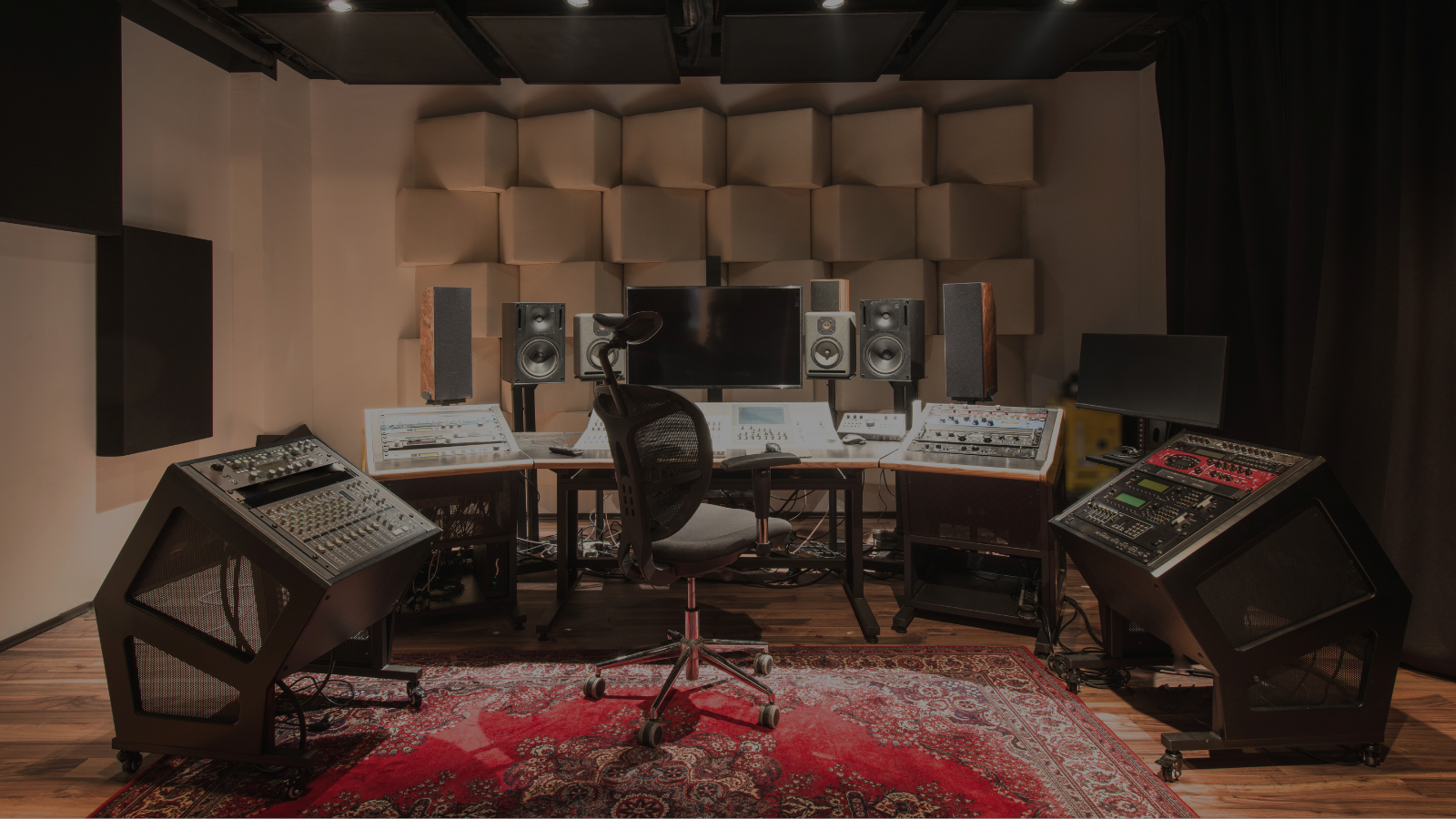By Gabe Ets-Hokin
Earpeace talks to Aerostich founder Andy Goldfine about motorcycles as practical transportation for the body and mind.
Andy Goldfine may be one of the most influential motorcyclists you've never heard of. If you have, it's probably because you've purchased (or lusted after) one of his made-in-USA riding suits, a suit designed not just to protect the rider from the hazards of cold, heat, road rash and impacts, but to be comfortable and convenient to wear. If you have, it's probably allowed you to join a very elite and select group of riders—the few hundred thousand that ride their steeds to work every day, rain or shine.
Andy wants you to join that community, and has devoted decades to Ride to Work.org, a grass-roots organization dedicated to getting you to ride your motorcycle to work at least one day a year, the third Monday in June. He thinks the best way to do that is through your riding gear. Huh?
These days, riders who have read our articles on motorcycle safety cringe when they see riders wearing jeans and t-shirts. We know our motorcycle gear is there to protect us, not look cool, and in addition to fitting right and protecting us from hot, cold, rain and wind, it has to protect us from road rash as well as bouncing our bones off the pavement. That's why the most practical, affordable and comfortable gear is made of high-tech fabrics and polymers, not cowhide, wool and cork like our great-grandparents wore.
Back in the early 80's, in the frozen wastes of Duluth, Minnesota, Andy Goldfine seized a business opportunity by snapping up about a dozen industrial sewing machines left over when an old manufacturing operation shut down. Andy knew how to sew, but what should he sew? Well, he loved motorcycles, so it would be motorcycle-related, but what, exactly?
He quickly realized it would be something that didn't really exist...yet. At the time, if you wanted motorcycle gear there wasn't a lot hanging on the racks at your local motorcycle shop. Leather jackets, leather gloves and maybe a waxed-cotton off-road type jacket were what you wore to show your status as a “real” rider, usually paired with work boots or sneakers. The rest of the folks just wore their street clothes. If it rained, you'd struggle to put on some ill-fitting rain suit you got at a hardware store.
Andy wanted something like a mechanic's coveralls. It would be easy to put on and take off over the rider's work clothes, so that when they got there, they could take it off and look like a regular person, not a 50's juvenile-delinquent movie extra. It would be water resistant, but light enough to wear in warm weather. And it had to offer as much road-rash protection as leather, and while he was at it, why not offer high-tech impact protection like the top European Grand Prix racers had at the time? In the early 1980s, when crash padding was usually thin foam rubber, that brief sounded like something from an Isaac Asimov novel.
There are people who don't listen to the words “it can't be done,” and Andy is one of them. He taught himself about the latest in space-age materials like Cordura and ballistic Nylon, Gore-Tex and “temper” foam, which had been developed by NASA and used in aircraft ejection seats and mattresses (Temper Foam's inventor, Charles A. Yost, was posthumously inducted into the Flexible Polyurethane Foam Hall of Fame, which is an actual thing and likely the least-visited of all the halls of fame), and over three years developed the much-praised Aerostich “Roadcrafter” suit. As an aside, the Temper Foam armor was the first use of advanced materials in a consumer-grade motorcycle safety product.
That was almost 40 years ago, and you can still buy an almost identical (if substantially improved) version, still custom made in Duluth. It starts at $1397, a long way from the 1983 $297 pricetag, but they wear like iron, are repairable and upgradeable, future proofed by dint of their notable practicality and protection. In fact, my experience is that one of these is all the suit you'll need, comfortable from below freezing to triple-digit temps (you'll need specialized heating or cooling garments for the extremes, though) and once broken in as comfortable as an old flannel robe. You can tour around the world in one, wear it at a track day or just head to the grocery store. Sure it’s an investment, but for $1,400 you'll never have to buy riding apparel (other than boots and gloves) ever again; I'd call it a bargain even at double the price.
Andy likes his suit and well into retirement age keeps working to improve it because of the power it has to encourage riding. The Roadcrafter, since it's so easy and comfortable to wear, makes it tailor made (ha!) for commuters. Zip it (I can put mine on in less than 15 seconds, about the same as putting on a jacket) over a business suit or workout clothes, pull on gloves and a helmet (if you want to wear dressy shoes, keep them under your desk at work. If you don't have a desk at work, you probably don't own any dressy shoes) and you’re out the door, ready to ride with more protection than most riders ever wear.
Should everyone ride a motorcycle? Well, we don't really want that, do we? We all know people who are so disaster prone, uncoordinated, or careless they make you nervous just watching them reach for the remote control. It's not for everybody, but why not get the people who can ride to ride more? The Roadcrafter helps, but Andy, prompted by industry friends, started Ride to Work, a non-profit organization devoted to organizing and promoting “Ride to Work Day,” which had been going on informally for a few years before that.
Ride to work day was prompted by an Aerostich t-shirt that read, “Work to ride, ride to work,” and that's all you need to know. If you love riding, you have a job to be able to afford gas and tires (and, I assume, food and shelter), so what's more natural than riding your bike to your workplace? Unfortunately, not only are moto-borne commuters a tiny minority of all daily commuters (the number is so small the Census bureau lumps motorcycles in with “taxicabs and other means,” which I guess includes roller skates or chariots drawn by circus animals), they're a small minority of motorcyclists—of the eight or so million motorcycle owners in the US, far fewer than a million ride theirs to work (the 2003 Census data is the most recent Ride to Work cites, and it was about .11 percent of commuters).
To improve those numbers, Andy and a part-time staffer send out press releases, offer ready-made promotional materials and wonky policy stuff for local organizers, and have a store full of ride-to-work merch. So on the third Monday of each year, some riders get the word and there's a small bump in motorcycles on the road...but not enough, as impressive are RTW’s efforts.
There's a lot working against motorcycles as transport, and RTW estimates only about four or five percent are used as a primary vehicle. There's nowhere to keep your stuff, you get rained on and bug-spattered, most motorcycles don't really get better fuel economy than the latest generation of hyper-efficient hybrids, and for most Americans, they can neither park cheaper or easier than if they were in a car. And the COVID pandemic didn't help, as 45 percent of American workers reported they work from home part or all of their work week.
But if you've ridden to work you know there are many benefits, in two buckets. In the first, you will save money on gas if your regular car is around the fleet average of 25 miles per gallon, you can (safely and carefully please) legally ride between cars in stopped traffic in California, Utah and Montana (and there's pending legislation in five more) and parking is easier in denser urban areas as well.
There are also the less tangible benefits in bucket two. Riding a motorcycle, muses Andy, is “a holistic medicine you get everyday, and cars don't give you that in ordinary traffic--you're sitting on a couch in a sealed compartment.” Every trip I've ridden on a motorcycle has been a mini (and sometimes not-so-mini) adventure, because the hyper-tactile experience—vibration, cold, heat, rain, wind noise and a sensation of speed, movement and acceleration only rivaled by aircraft—is available if you're riding at 10 mph or 100, riding 10,000 miles or just down to the convenience store. You're not a passive observer inside a booth, and that means your brain and body are working harder than when you drive your car; it's not quite the level of exertion as riding a bike (and hey, you could do that, too), but it's bike-adjacent, no? As a motorcycle owner, you get that benefit whenever you ride. After all, if you've read this far I hardly have to tell you that.
But riding is hard, you say. It's uncomfortable and dangerous and I don't like lubing my chain every week and blah blah blah. C'mon now, just get out there and ride June 20th, even if you don't need to go anywhere. Folks will see you with your helmet on your desk or in line at the grocery store, and you can show them, see? We are out here! And we're people just like you. You could be changing someone's life, inspiring them to start riding.
Andy has been pursuing the unicorn of getting Americans to ride more for decades, and just like when he spent years developing his version of riding-apparel perfection, he won't give up. “The harder something is to do, the better the accomplishment feels,” he told me. “Happiness is a result of doing something that matters, [whether it's] having a kid, getting fresh produce, or bundling up to ride on a cold day. When we only seek comfort we lose something of what it means to be human.”
But whenever you ride, remember to grab your EARPEACE motorcycle earplugs. Hearing protection will lessen that fatigue and make riding a more enjoyable experience.
Right at press time, the Polyurethane Foam Association, which really is a thing, as they emailed me, informed me the FFHOF is online only. Just as I was buying plane tickets to Tennessee.
Gabe Ets-Hokin has been writing about motorcycles, cars, electric mobility and the gig economy in print and online since 2004. He lives in Oakland, California with his family and a burdensome cat.





Share:
The History of Queer Country Music
In Praise of Dad Bands